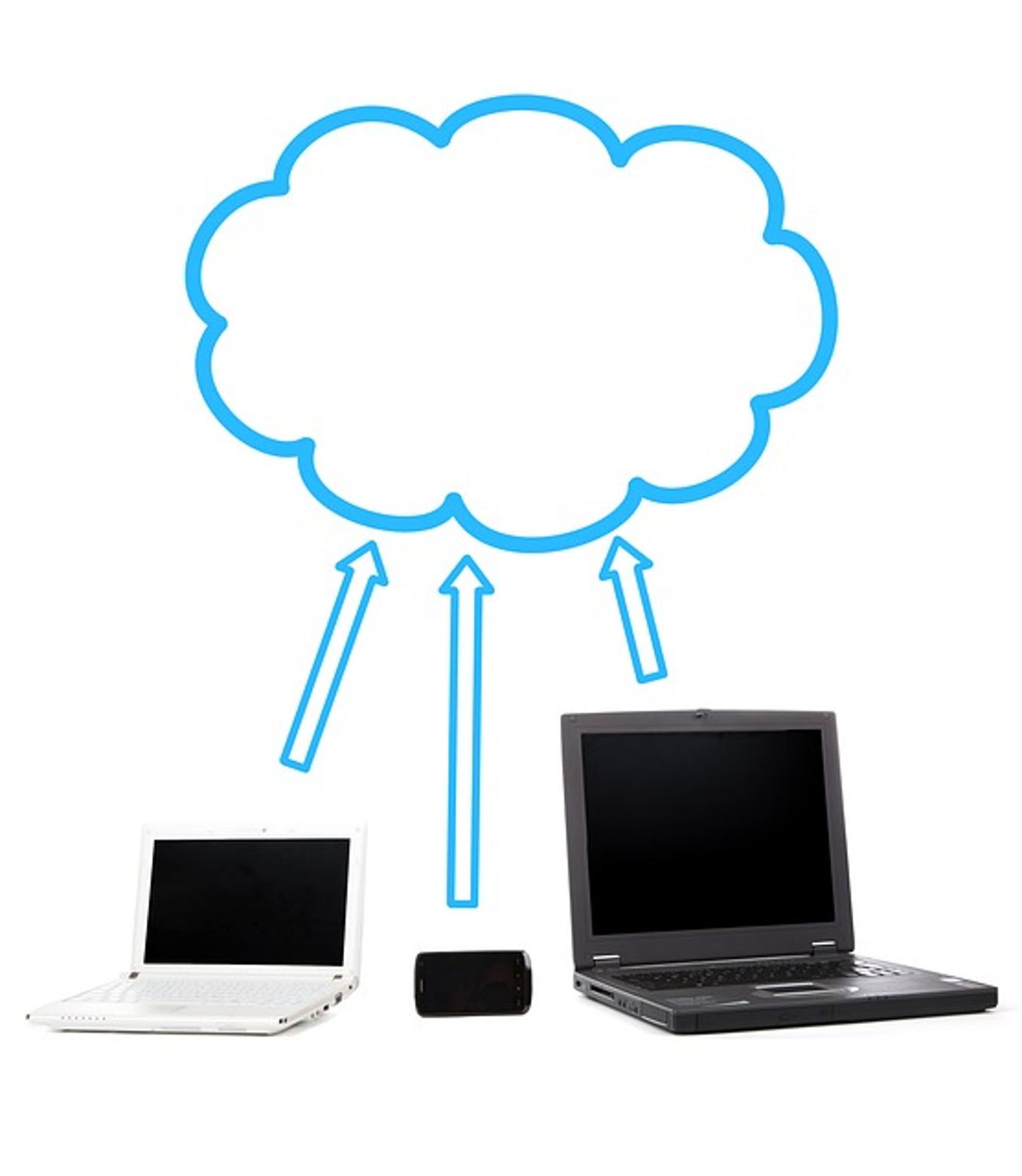How to Transfer QuickBooks to a New Computer
Introduction
Transferring QuickBooks to a new computer might seem daunting, but with the right steps, you can seamlessly move all your data without any hassle. Whether you're upgrading your system or replacing a damaged computer, following this guide ensures your QuickBooks data stays intact and functional on your new machine. This article will walk you through the entire process, from preparing your current computer to setting up QuickBooks on your new one.

System Requirements
Before transferring QuickBooks, ensure your new computer meets the necessary system requirements. QuickBooks has specific hardware and software needs that must be fulfilled for optimal performance. Check for:
- Operating System: Windows 10 or later or macOS equivalent.
- Processor: At least 2.4 GHz.
- RAM: Minimum 4GB; 8GB recommended for better performance.
- Storage: Sufficient space for QuickBooks software and data files.
Ensuring your computer meets these criteria will help prevent potential issues during the transfer process.

Preparing Your Current Computer
The first step in transferring QuickBooks is ensuring your current computer is ready for data migration. Proper preparation helps avoid data loss and ensures a smooth transition.
Backup Your QuickBooks Data
- Open QuickBooks.
- Go to File > Backup Company > Create Local Backup.
- Select Local Backup and click Next.
- Choose your local backup location and follow the prompts to complete the process.
Deactivate Your QuickBooks License
Before installing QuickBooks on a new computer, deactivate the license on your current one to free up the license for reuse.
- Open QuickBooks.
- Go to Help > Manage My License > Deactivate.
- Follow the instructions to complete deactivation.
Transferring QuickBooks Files
Once you have backed up your data and deactivated the license, you can start transferring QuickBooks files. This can be done using QuickBooks tools or manually.
Using QuickBooks Migrator Tool
QuickBooks offers a Migrator Tool to simplify the transfer process:
- Download and install the QuickBooks Migrator Tool on your current computer.
- Follow the onscreen instructions to input a one-time password.
- The tool will gather your QuickBooks data and create a file.
- Transfer this file, usually via USB, to your new computer.
Manual Transfer Methods
If you prefer a hands-on method:
- Copy your backup files to an external storage device (USB drive or external hard disk).
- Connect the storage device to your new computer.
- Paste the backup files into a new folder on your new computer's desktop.
Installing QuickBooks on the New Computer
With your data ready to transfer, the next step is installing QuickBooks on your new machine. Setting up QuickBooks on your new computer is crucial for ensuring you have the necessary platform to restore your data.
Downloading QuickBooks Installation Files
- Navigate to the official QuickBooks website.
- Log in to your account and go to the Downloads section.
- Download the appropriate version of QuickBooks for your system.
Running the Installer
- Locate the downloaded QuickBooks installer file.
- Double-click to run the installer.
- Follow the on-screen prompts, accepting the license agreement and providing the required installation information.
Entering Your License Information
- Once installation is complete, launch QuickBooks.
- Enter your product and license numbers when prompted.
- Complete the registration process to activate QuickBooks on your new computer.
Restoring Your QuickBooks Data
Upon successful installation, your next step is to restore your QuickBooks data from the backup files transferred earlier.
Importing Backup Files
- Open QuickBooks on the new computer.
- Go to File > Open or Restore Company > Restore a Backup Copy.
- Select Local Backup and choose the files you transferred.
- Follow the prompts to import your data into QuickBooks.
Verifying Data Integrity
After restoring, it’s crucial to verify the integrity of your data:
- Run the Verify Data Utility in QuickBooks.
- Go to File > Utilities > Verify Data.
- Ensure no issues are detected; if issues arise, use the Rebuild Data Utility to fix them.
Reactivating Your QuickBooks License
With your data restored, it's time to reactivate your QuickBooks license on the new computer. This step is essential to fully operate all functions of QuickBooks on your new device.
How to Reactivate Your License on the New PC
- Open QuickBooks.
- Go to Help > Activate QuickBooks Desktop.
- Follow the on-screen instructions to complete the activation process.
Troubleshooting Common Issues
If you encounter issues during activation:
- Ensure your internet connection is stable.
- Check that your license number and product code are correct.
- Contact QuickBooks support if problems persist.
Final Steps
With QuickBooks now active on your new computer, a few final steps remain to complete the transition. These steps ensure that your QuickBooks is fully functional and ready for use.
Reconnect Bank Feeds and Online Services
- Open QuickBooks.
- Go to Banking > Bank Feeds > Setup Bank Feeds for an Account.
- Follow instructions to reconnect your bank accounts.
Test Your QuickBooks Setup
- Create and save a test transaction.
- Ensure all features and functions are working correctly.
- Verify your data is accurate and up to date.

Conclusion
Transferring QuickBooks to a new computer can be completed smoothly by following these steps. From backing up your data to reinstalling the software and restoring your files, this guide ensures minimal disruptions to your business activities. Remember to double-check everything to ensure data integrity and uninterrupted access to your accounts.
Frequently Asked Questions
What if I don't have a backup of my QuickBooks data?
If you don't have a backup, you may lose your data. Ensure routine backups to avoid this issue, or contact QuickBooks support for possible data recovery solutions.
Can I use QuickBooks on multiple computers?
Yes, with the appropriate QuickBooks license, you can install and use QuickBooks on multiple computers according to the terms of your license agreement.
How do I deactivate QuickBooks on my old computer?
To deactivate QuickBooks on your old computer, go to **Help** > **Manage My License** > **Deactivate** and follow the on-screen instructions.



